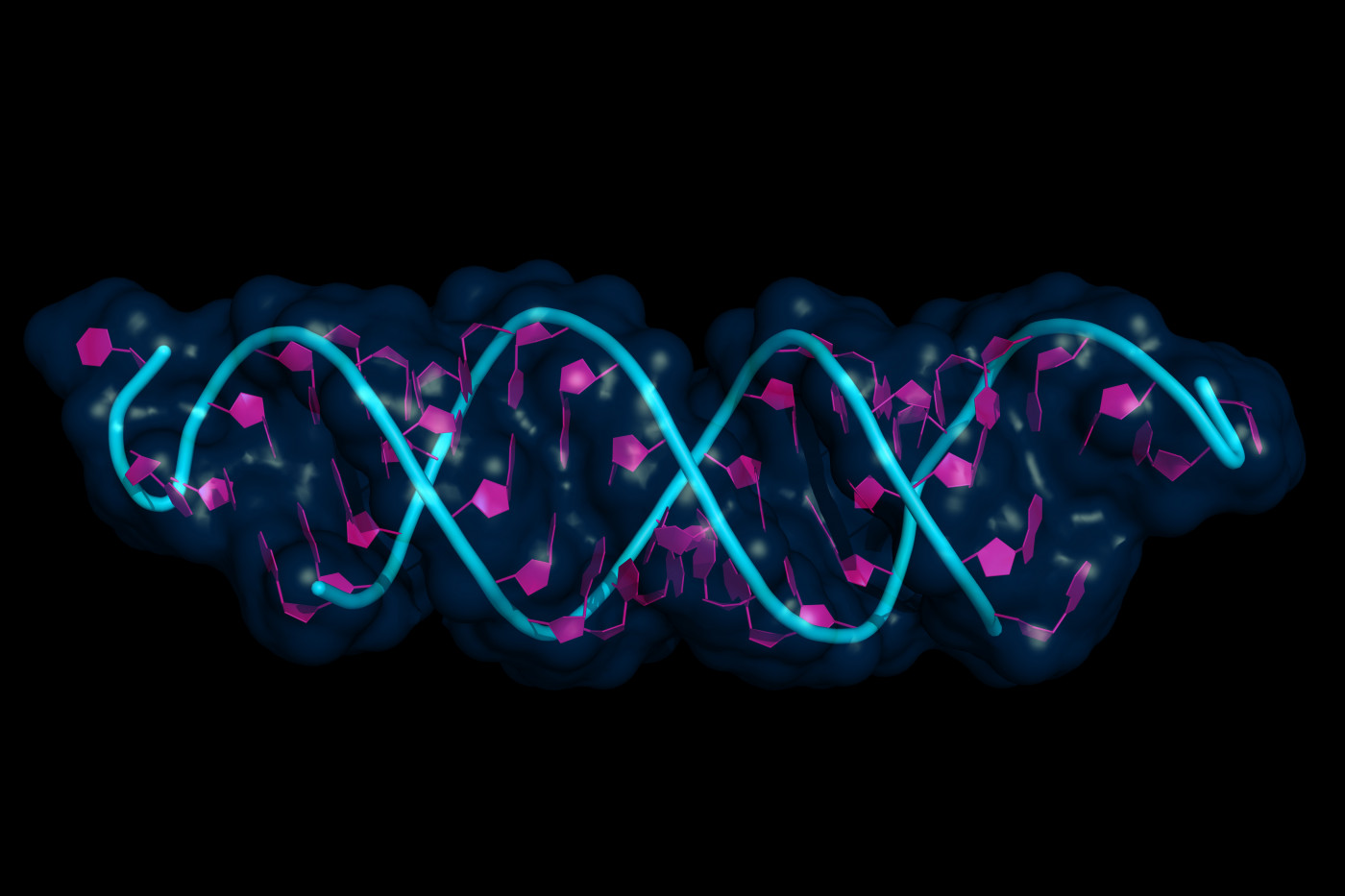Different Genetic Mutations Have Varying Effects on C1 Inhibitor Levels, HAE Severity, Study Finds

Deletion mutations in the SERPING1 gene lead to lower function levels of the C1 inhibitor protein, which, in turn, might have a negative impact on the progression and severity of hereditary angioedema (HAE), a study reveals.
The study, “Deletions in SERPING1 Lead to Lower C1 Inhibitor Function: Lower C1 Inhibitor Function Can Predict Disease Severity,” was published in the International Archives of Allergy and Immunology.
Hereditary angioedema with C1 inhibitor deficiency (C1-INH-HAE) is a rare genetic disorder characterized by sudden and recurrent episodes of swelling in the face, tongue, hands, feet, gastrointestinal (GI) tract, genitalia, and upper airways.
The disease is caused by genetic mutations in the SERPING1 gene, leading to lower levels of C1 inhibitor in the case of C1-INH-HAE type 1, or to a dysfunctional C1 inhibitor whose levels remain normal or elevated in the case of C1-INH-HAE type 2.
So far, more than 500 different genetic mutations affecting SERPING1 have been described. Most of them are missense (single nucleotide mutation that alters protein composition), followed by deletion (part of the DNA sequence of a gene is lost), insertion (addition of nucleotides to the DNA sequence of a gene), nonsense (single nucleotide mutation that makes proteins shorter), and large deletion (large-scale deletion mutations that can be fatal, depending on which genes are lost) mutations.
Previous studies have attempted to identify a possible connection between mutation types and disease manifestations, but the findings have been inconsistent and difficult to interpret.
In this study, researchers aimed to determine whether there could be a relationship between the types of mutations found in the SERPING1 gene and C1-INH-HAE features in a group of Turkish patients.
To do this, the study recorded and analyzed clinical data from 81 Turkish patients from 47 unrelated families with C1-INH-HAE — 89% diagnosed with C1-INH-HAE type 1 and 11% with type 2.
The levels of C4 and C1q, C1 inhibitor complement proteins — typically used as a readout of disease activity — were measured in blood samples from 61 patients. The types of mutations in SERPING1 in each patient were determined by gene sequencing. Then the relationship between complement proteins and the types of genetic mutations was analyzed.
A total of 35 different SERPING1 mutations, including 15 that had not been previously described, were identified. In six patients (7.4%), no genetic mutation linked to C1-INH-HAE was found. Patients carrying deletions and large deletion mutations had the lowest scores of C1 inhibitor function levels (5.1% and 5.8%, respectively), while those with no mutations had the highest scores (23.3%).
Patients with deletion mutations also had the lowest C1q levels (120.5 mcg/mL), followed by those carrying large deletion mutations (164 mcg/mL).
Overall, C1-inhibitor levels decreased with disease progression. For patients with C1-INH-HAE type 1, C1-inhibitor function levels were positively correlated with age at disease onset, meaning that patients who had lower C1 inhibitor function levels started to experience disease symptoms earlier.
In addition, lower C1 inhibitor function levels were also associated with higher disease severity and more frequent annual attacks.
These findings suggest a relationship between the type of SERPING1 mutations patients carry, C1 inhibitor function levels, disease severity, and age at disease onset.
“Deletion mutations may represent the most unfavorable effect on C1 inhibitor function. The earlier disease onset age could be a sign for lower C1 inhibitor function levels in adult life. Lower C1 inhibitor function can predict disease severity and may have negative impacts on the course of C1-INH-HAE,” the researchers wrote.






